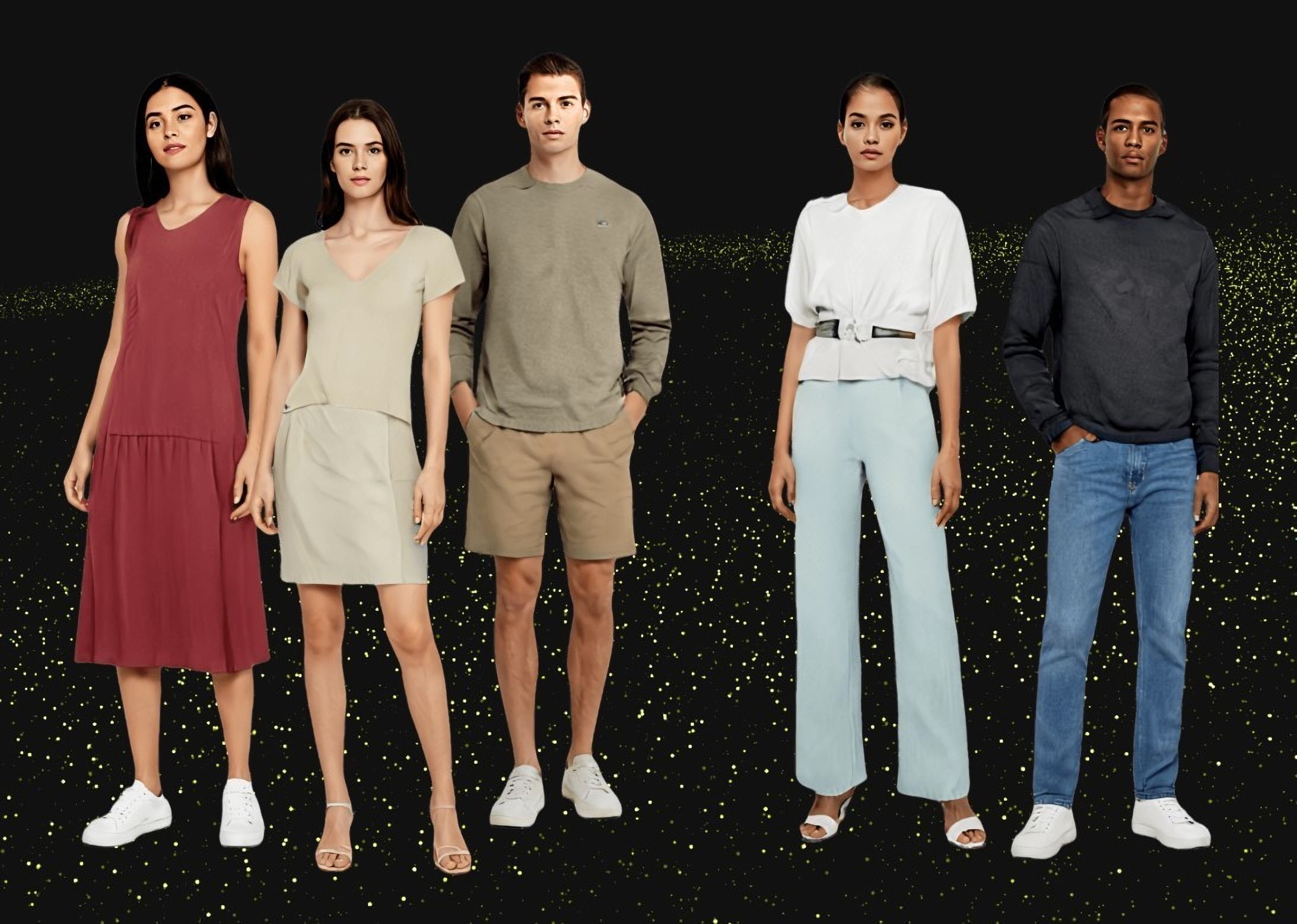You can now download 100,000 non-existent people for free

Key Points
- In 2019, the website Generated Photos published 100,000 high-quality, AI-generated portrait photos.
- Now the heads are followed by matching bodies - also 100,000 times and completely AI-generated.
- From a buyer's perspective, photos of AI-generated people have privacy or personal rights benefits.
From generated portraits to full-body generation, the website Generated Photos presents its latest achievement - generated people.
In fall 2019, U.S. company Icons8's Generated Photos website launched with an offering of 100,000 AI-generated portrait photos of nonexistent people.
The fact that the people in the pictures don't exist in reality has numerous monetary and legal advantages for the buying side: no fees, no castings, no hassles with privacy and image rights, and so on.
From portraits to full-body shots
Generated Photos introduces the next stage of its generative AI: The website offers generated full-body photos - the face now comes with a matching body.
A total of 100,000 generated people are freely available for non-commercial purposes (CC BY-NC-SA 4.0). The download link is available in exchange for your email address.
The download is 1.1 GB in size. It contains full-body images only in low resolution (256 x 512) as JPG files on white background. If you want high-resolution PNG files, you need to ask Icons8 for an offer.
According to Generated Photos, the AI portraits available so far have been used for video and educational games and in research, for example. The company sees even more application scenarios for the generated humans, for example in the fashion industry or in the Metaverse context.
AI training with manually created data set
As with AI portraits, Icons8 first uses a StyleGAN for generation, which is trained with a dataset it created itself. The company took photos of real people of different ages from different populations in its studio.
The latter is a particular challenge: "Finding diverse models in large numbers is not easy: we are continuously searching for new people, publishing casting calls, and asking our personal connections for leads," the company writes.
One advantage of creating its own dataset is that Generated Photos can ensure consistent, high-quality images. Another advantage is that it does not face potential copyright issues, as with large AI image models like DALL-E 2 or Stable Diffusion, which are trained with billions of Internet images. It is not always clear whether these images may be used for AI training.
One disadvantage is the high manual effort, as all images must be categorized and labeled by hand for AI training. After image generation, Generated Photos uses additional AI models to remove background, categorize output, and control metadata and image quality.
In the future, Generated Photos wants to generate people with different body types and ages, and offer more choices in clothing and poses. Remember, just a few years ago, AI-generated images looked like this.
AI-generated images from a highly-cited, influential paper just 7 years ago.
I can't even tell what these are. Maybe a car in the upper left?
Insane progress in 7 years. pic.twitter.com/UPyROcvTLK
— Alex Teichman (@alex_teichman) October 26, 2022
AI News Without the Hype – Curated by Humans
As a THE DECODER subscriber, you get ad-free reading, our weekly AI newsletter, the exclusive "AI Radar" Frontier Report 6× per year, access to comments, and our complete archive.
Subscribe now